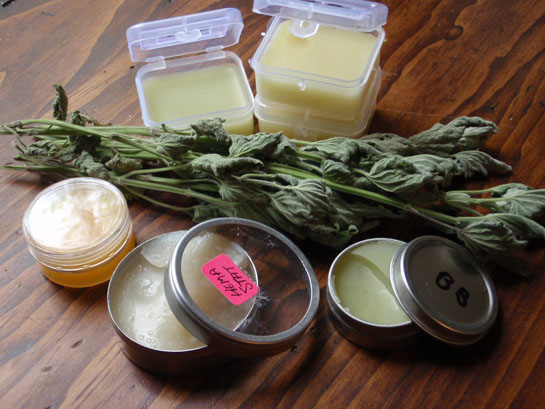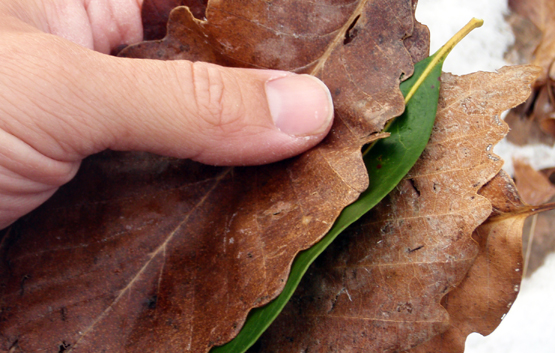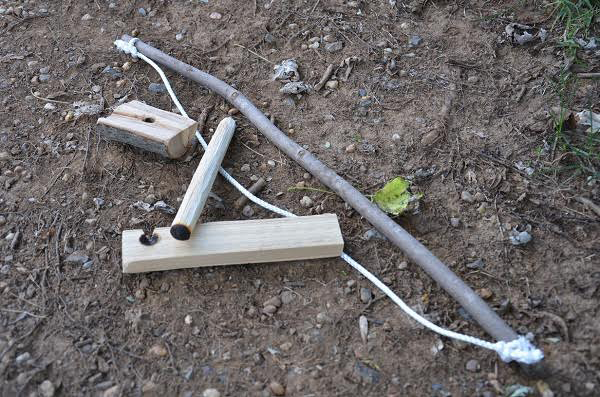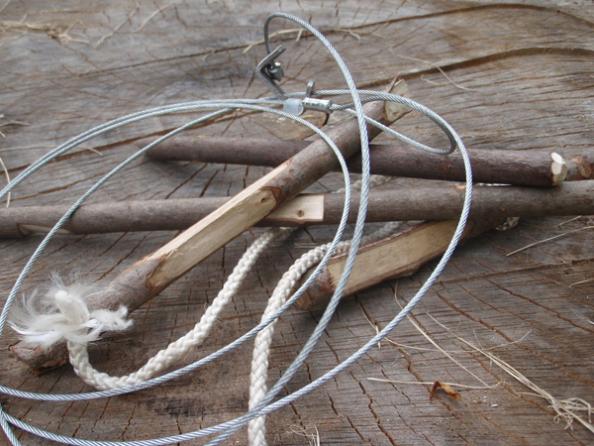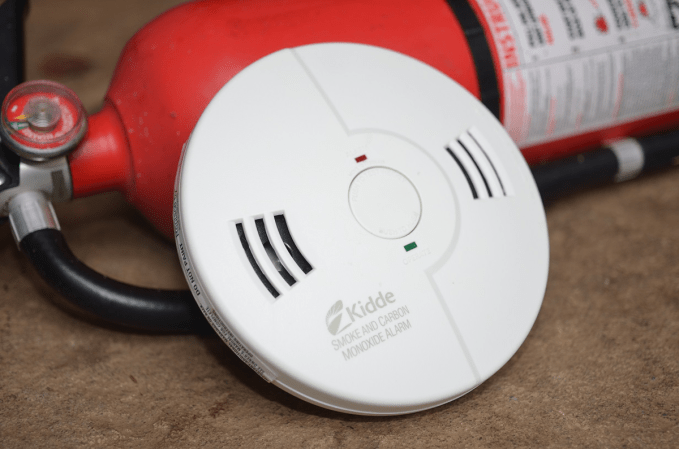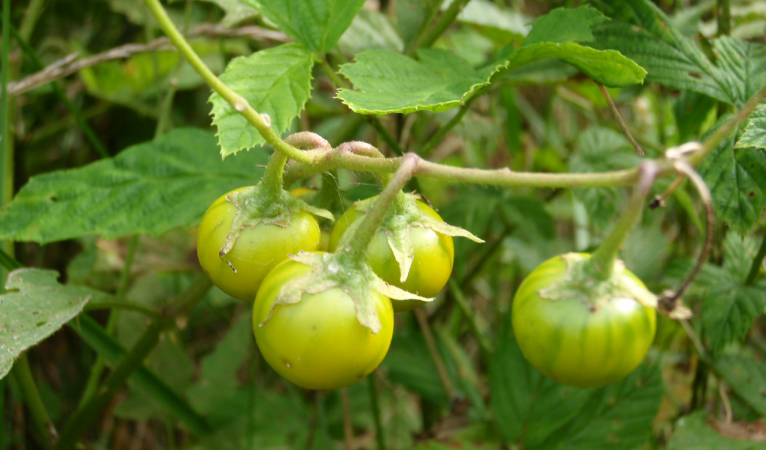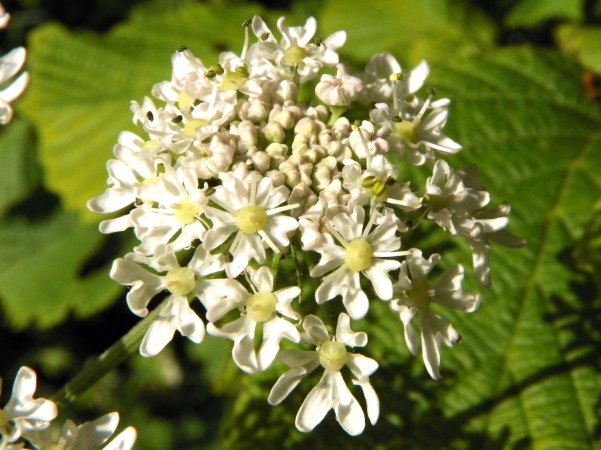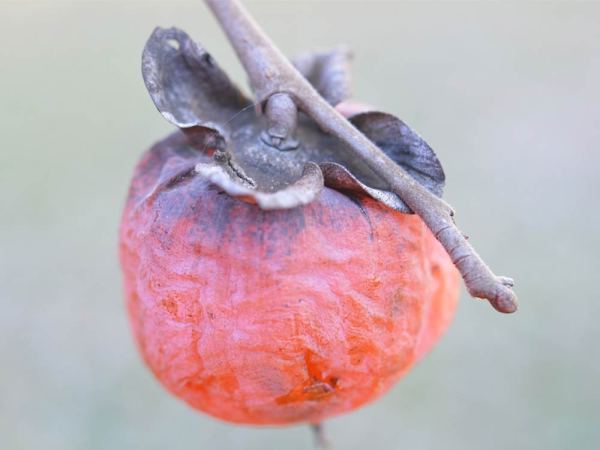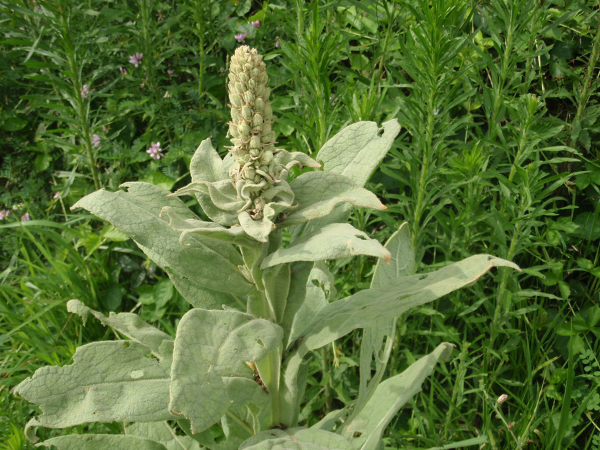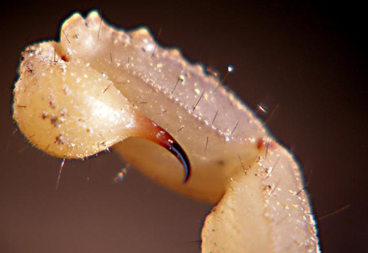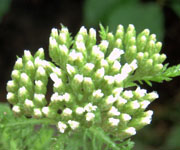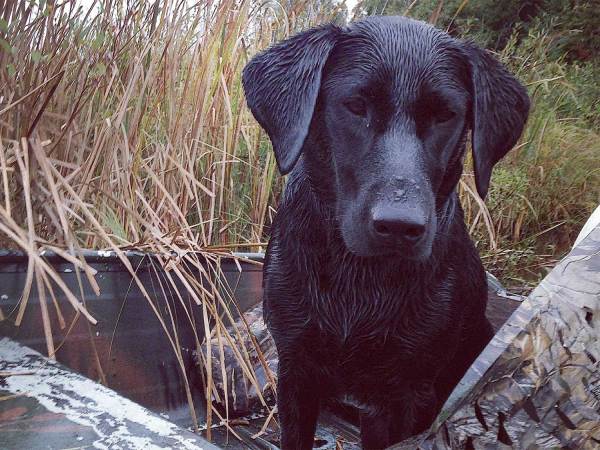The maddening itch of poison ivy is something that most outdoor lovers know all too well. Poison ivy, poison oak, and poison sumac are all capable of torturing us at some point during the course of the year. But the shiny, oily springtime leaves of poison ivy seem to be the worst of the bunch.
It’s not hard to avoid these noxious plants if you can spot them, but they seem to defy identification in some cases. Poison ivy (Toxicodendron radicans) can look like a little weed when young and a furry vine when older. It can even resemble a small tree–up to four feet tall–in cases where it has been cut back often. You can get the itch and blisters from touching the plants themselves, but the irritating oils can also hitch a ride on your boots, your tools, and even your pets. Pick up somebody’s hatchet after they chopped poison oak, or pat the dog on the head after he rolled in poison sumac, and you’ll get the itch just the same. Burn some of these plants by accident or on purpose, and everybody around that fire will be going to the hospital soon.
So how does this skin irritant work? Ivy, oak, and sumac contain a substance called urushiol, a clear liquid compound found in all parts of the plant. Urushiol binds to your skin cells, creating an allergic reaction of itching, irritation, and sometimes a painful rash in most people who touch it. Some rare folks are completely immune to this substance. Lucky for them.
So what do you do if you come into contact with poison ivy? Washing with soap and water are of some help, especially when done immediately after exposure. If soap and water are lacking where you are, try a traditional native plant remedy, which I have used successfully on many occasions. Look for jewelweed (Impatiens capensis) in moist and shady areas, and crush the juicy, purplish stalk into a slimy paste. Briskly scrub this snotty-looking mush all over the skin where it came into contact with the irritant. After two minutes, wash off the jewelweed with clean water. If you use the jewelweed within 30 to 45 minutes of poison ivy exposure, you should have little to no reaction. If it took more time to find jewelweed, you can still experience some relief by using jewelweed as a wash. If you already have blisters and itch, then you got into the ivy yesterday. Jewelweed will cool the itch, but calamine lotion will work just as well at that point.
If you can’t find jewelweed, try crushed leaves and stems of chickweed (Stellaria media) and crushed leaves of plantain (Plantago major or P. lanceolata). These two will help to heal the blisters and relieve the itch if you find yourself without calamine, and must rely on weeds to provide your medicinal compounds. Plantain leaf paste also works well on bee stings and other venomous bites. Just for clarification, the banana-like fruit at the grocery store is no relation to the lawn weed plantain.
For more fun with poison ivy, you can visit https://poison-ivy.org// to see some hideous pictures of infected skin and eyes swollen shut, and learn some neat facts about these devilish plants.
Got a way to beat the itch? Please share it in the comments.
